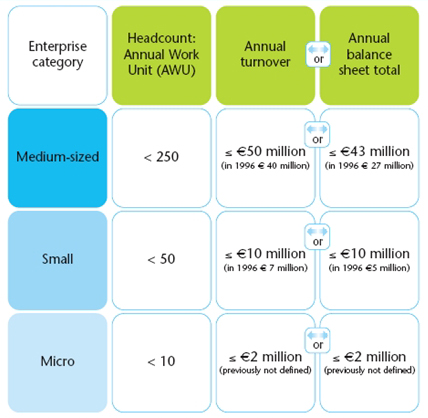Creative industries: Setting the research agenda (2009)
Page 5 of 6
Creative industries - research agenda: 1 | 2 | 3 | 4 | 5 | 6
7. These indicators will be used to build different clusters of countries, depending on the indicators selected and their relative importance. A comparative analysis will be performed in order to highlight the tangible differences between countries that have already developed a strategic plan for cultural and creative entrepreneurship, and those that are still lacking a systematic approach to the entrepreneurial dimension of culture and creativity.
8. The project will explore various aspects of the dilemma of the economics of culture and creativity, namely the conflict between the social goal of culture and the necessity to provide sufficient incentive for entrepreneurship to prosper, in other words granting creators of cultural and creative products and services adequate financial return and ownership. This aspect of the study will be concerned with intellectual property rights (IPRs).
The project will develop recommendations regarding the policies and strategies within the European Union that will support the development of SME’s in the creative industry in Europe.
Towards a research program
At first glance the striking conclusions have to be drawn that the cultural enterprises are small; very small. An initial inventory learns that in 2006 in Germany 97% of the creative industries are small enterprises (less than 2 M EUR Turnover). They account for 27% of the annual turnover in the creative sector. Only 0.1% of the cultural enterprises are large-scale enterprises (more than 50 M EUR per year). These large scale enterprises account for 40% of the annual turnover in the creative industries
( Söndermann, 2009).

The new SME definitions. (European Commission, 2005: 14).
In general there are vast numbers of very small enterprises, confronted with a small number of (very) large conglomerates that operate on large, global markets. The “in between” is missing (Kooyman, 2009). Both the theoretical concepts and the research executed until now do not reflect this reality. In the EU Definition of SME’s a micro-enterprise is an enterprise that covers less than 10 people, and an annual turnover of less than 2 million euros. In reality the vast majority of the creative sector consists of much smaller initiatives; individuals and freelancers. As a consequence we will have to develop the notion of nano-enterprises in order to describe the characteristics of the cultural and creative industries.
Research at this level is missing. The OECD registered a lack of understanding of the creative industries: “There are almost no systematic attempts at empiricism at a holistic level. That is, there have been remarkably few attempts to put together a comprehensive picture of the empirical relation between all likely environmental factors and the entrepreneurial activities” (OECD, 2004).
A number of initiatives have been presented here; e.g. the implications of the systems model of creativity, the developments within the digital domain, strategy formulation in small creative organizations, the creative, applied, reflective (CAR) research methodology, etc. We do not have, however adequate theoretical models, nor empirical analyses of the complex interaction of this cultural fabric that is the foundation of our cultural industries, that steer the creative processes, build our “Creative Cities” and constitute our cultural policies.
Our research agenda will have to cater for this unknown reality. If the vast majority of the creative industries is based on these individuals, we better make sure we know what is going on at that level.
Creative industries - research agenda: 1 | 2 | 3 | 4 | 5 | 6